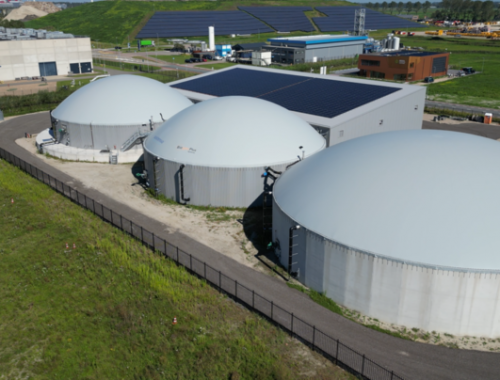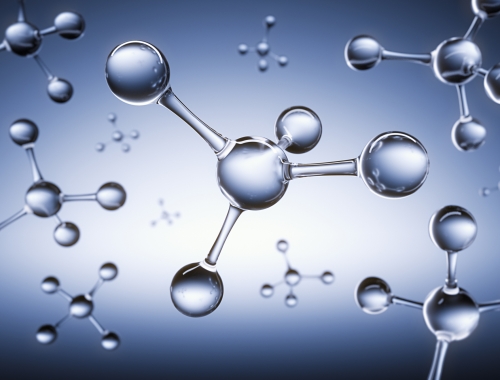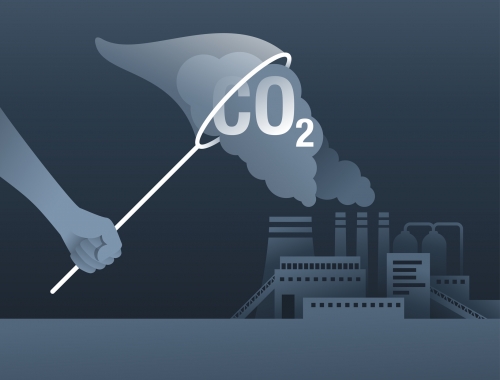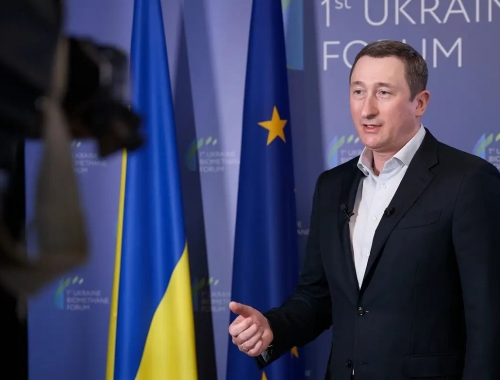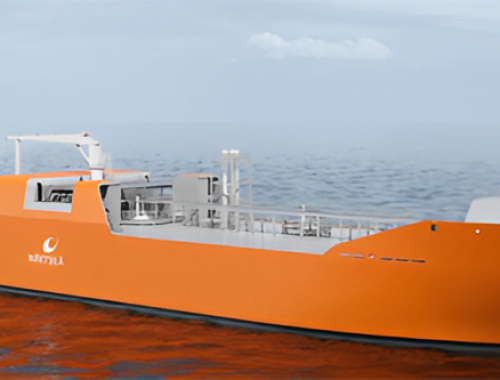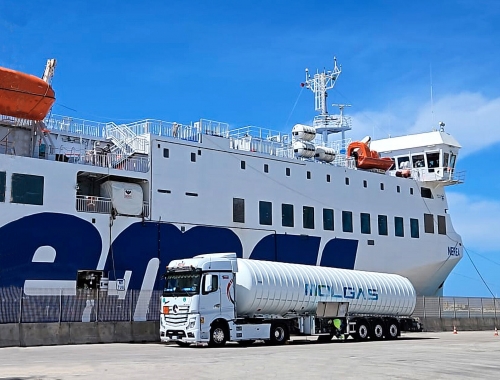TotalEnergies tackles methane emissions with drones
SUMMARY
The drones will be rolled out across TotalEnergies' global upstream portfolio this year.
By Callum CyrusPOSTED IN:
TotalEnergies said May 16 it had started a global methane emissions quantification programme that uses sensors attached to drones to measure methane levels from a variety of industrial facilities.
The drones collect sensor measurements from both onshore and offshore industrial facilities. TotalEnergies' data analysis team then fuses the sensor readings with measurements taken using traditional surveying techniques, like infrared cameras, ground sensors and satellites.
TotalEnergies' system was designed in partnership with the French National Research Center for Scientific Research and University of Reims Champaigne Ardenne.
By the end of this year, the technology will be active across all TotalEnergies' upstream oil and gas facilities, following successful trials at a handful of European and African locations. Further African offshore sites began receiving the drones in March, and TotalEnergies says the system is now also live in South America, with European locations to follow this summer.
TotalEnergies regards the initiative as key to its 50% methane emission reduction target, which aims to cover all company-operated sites by 2025. By 2030, TotalEnergies expects to have achieved an 80% reduction on 2020 levels.
Namita Shah, president of OneTech at TotalEnergies, said "TotalEnergies is committed to moving towards zero methane. Considered to be currently the most accurate technology in the world to detect and measure methane emissions, AUSEA will help us to refine our emissions calculations, and to take stronger measures to reduce our emissions even further in order to achieve the targets we have set."

